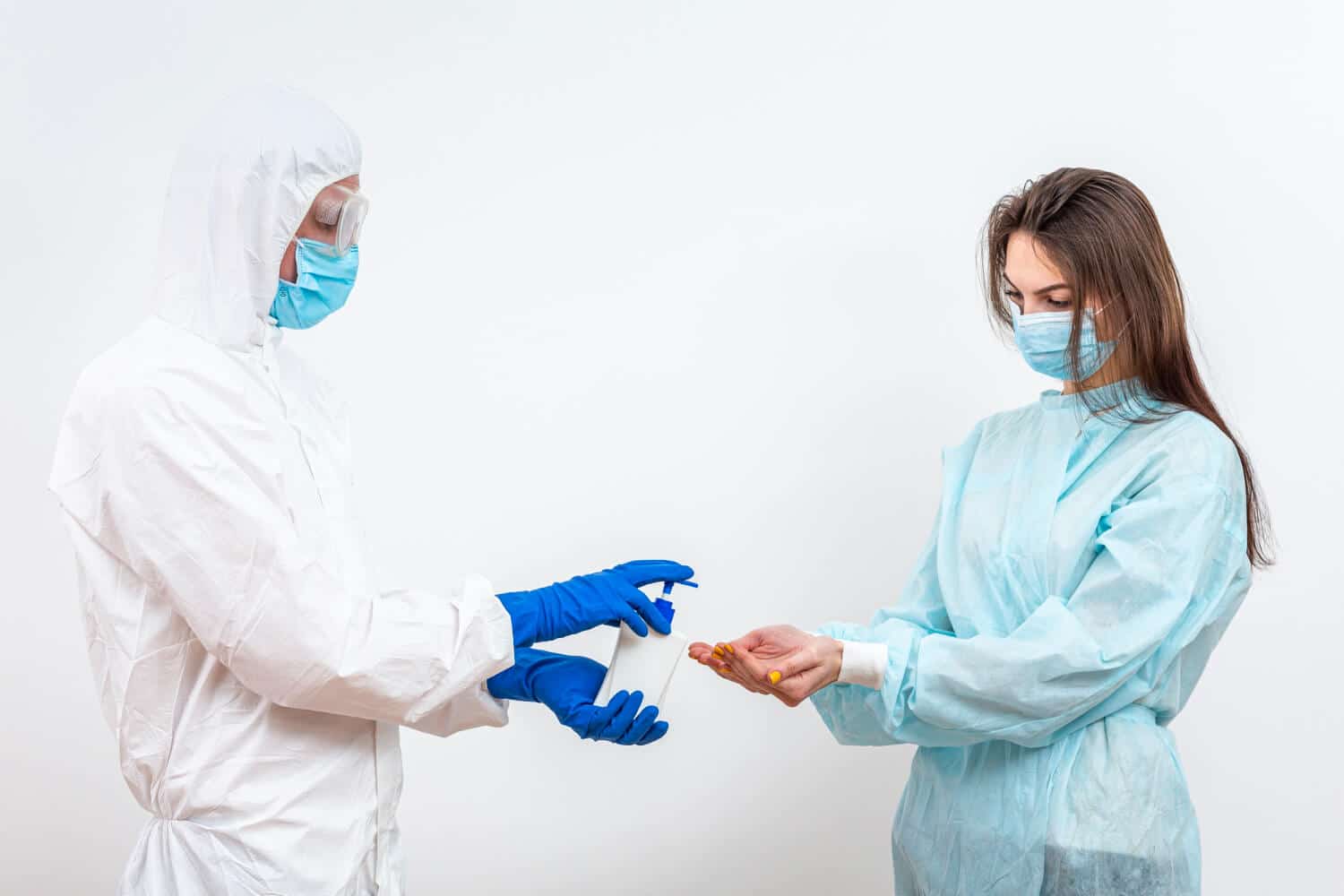Healthcare facilities, including hospitals, clinics, and nursing homes, play a crucial role in ensuring the well-being of patients. However, during construction or renovation projects, these facilities can become hotspots for the spread of infections if proper infection control measures are not implemented. Construction activities create dust, debris, and potential sources of contamination, which can pose significant risks to vulnerable patients and healthcare workers. To safeguard patients and staff, stringent infection control protocols must be integrated into every step of the healthcare construction process. This blog explores the importance of infection control measures in healthcare construction and highlights essential strategies to protect patients and staff from potential risks.
Understanding the Risks
Healthcare construction projects can expose patients and staff to various hazards, primarily infection-related risks. The introduction of dust, mold, and other contaminants during demolition or renovation can lead to airborne infections. Additionally, construction activities can disturb existing structures, potentially releasing harmful pathogens that have remained dormant for years. The construction crew itself can inadvertently carry infectious agents into the healthcare setting, further amplifying the risk of cross-contamination. Furthermore, immunocompromised patients, elderly individuals, and infants are particularly susceptible to infections, making it imperative to address these risks proactively.
Infection Control Measures

-
Pre-construction Planning
The foundation for a successful infection control strategy begins with meticulous pre-construction planning. A multidisciplinary team of healthcare professionals, construction experts, and infection control specialists must collaborate to develop a comprehensive plan. This plan should include risk assessments, containment strategies, and infection control training for all construction personnel. Identifying potential hazards and formulating measures to minimize them are key steps in mitigating the risks associated with healthcare construction.
-
Barrier Systems
Implementing physical barrier systems is essential to prevent the spread of contaminants from the construction site to patient areas. These barriers may include negative pressure isolation zones, plastic sheeting, and airlocks to control the movement of personnel and materials. Negative pressure rooms create an inward airflow, ensuring that any airborne particles within the construction area do not escape into the hospital environment.
-
Proper Ventilation
Proper ventilation is crucial in maintaining indoor air quality during healthcare construction projects. Using high-efficiency air filters can help capture and remove airborne particles, including dust and pathogens, thereby reducing the risk of infection transmission. Regular maintenance and filter replacements are essential to ensure the efficiency of the ventilation system throughout the construction process.
-
Personal Protective Equipment (PPE)
All construction personnel involved in the project should be required to wear appropriate personal protective equipment (PPE) at all times. This may include masks, gloves, protective clothing, and safety goggles. The use of PPE minimizes the potential for workers to introduce contaminants into the healthcare environment and also protects them from potential hazards.
-
Hand Hygiene
Hand hygiene is one of the most effective infection control measures. Construction workers should adhere to strict handwashing protocols, especially before entering patient areas or handling equipment. Hand sanitizing stations should be readily available at construction sites to promote compliance with hand hygiene practices.
-
Waste Management
Proper waste management is essential to prevent the spread of infections. All construction waste should be handled and disposed of according to strict protocols. This includes the proper containment and disposal of hazardous materials, such as asbestos or other construction debris that may pose health risks.
-
Regular Cleaning and Disinfection
Frequent and thorough cleaning and disinfection of all construction areas are vital to remove dust, dirt, and potential pathogens. High-touch surfaces should be disinfected regularly, and cleaning schedules must be strictly adhered to.
-
Post-construction Inspections
After the completion of the construction project, thorough inspections should be conducted to ensure that all infection control measures were followed correctly. Air quality testing and surface swabbing can be performed to verify that the healthcare environment is safe for patients and staff.
The Path Forward
Healthcare construction projects hold the potential to significantly impact the health and safety of patients and staff. By prioritizing infection control measures from the initial planning stages through to project completion, healthcare facilities can create a safe environment for all. Strict adherence to barrier systems, ventilation, PPE usage, hand hygiene, waste management, cleaning, and post-construction inspections is vital in protecting vulnerable patients and healthcare workers from potential infection risks. Together, these measures form a robust shield against infections, ensuring that healthcare facilities can continue providing the best possible care while keeping the health and safety of everyone involved at the forefront. Reach out to Medical Construction Group at 954-710-9100 for expert solutions.
